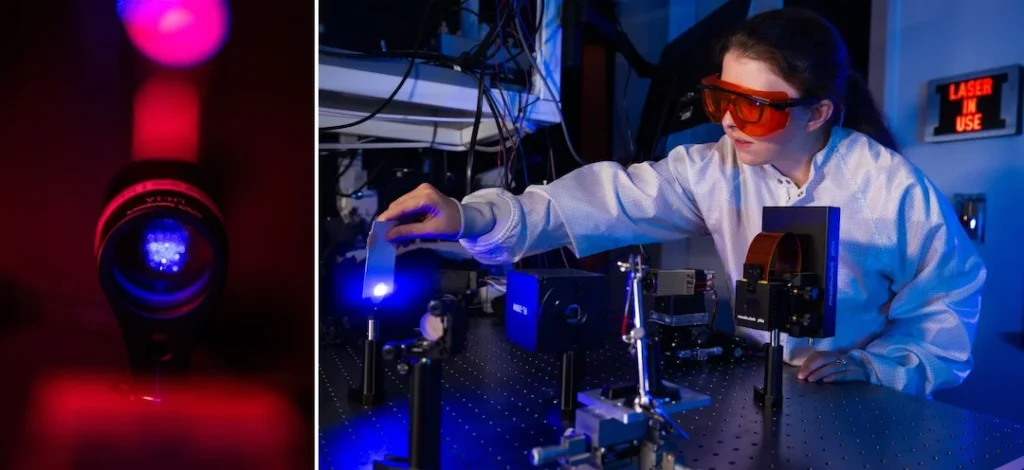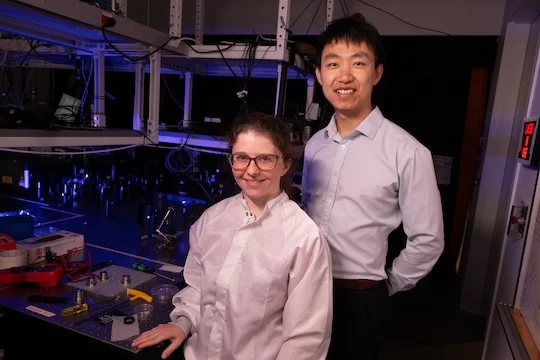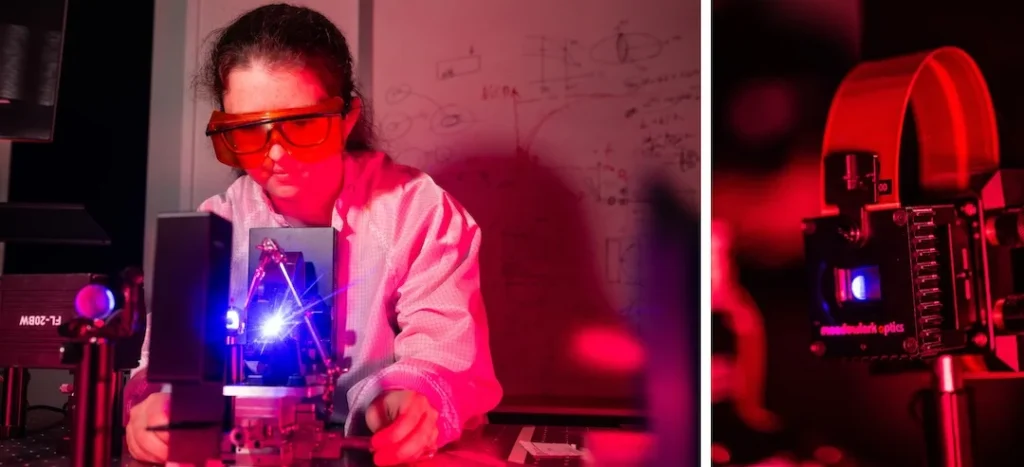If you’ve ever burned hours wrangling PDFs, screenshots, or Word files into something an agent can use, you know how brittle OCR and one-off scripts can be. They break on layout changes, lose tables, and slow launches.
This isn’t just an occasional nuisance. Analysts estimate that ~80% of enterprise data is unstructured. And as retrieval-augmented generation (RAG) pipelines mature, they’re becoming “structure-aware,” because flat OCR collapse under the weight of real-world documents.
Unstructured data is the bottleneck. Most agent workflows stall because documents are messy and inconsistent, and parsing quickly turns into a side project that expands scope.
But there’s a better option: Aryn DocParse, now integrated into DataRobot, lets agents turn messy documents into structured fields reliably and at scale, without custom parsing code.
What used to take days of scripting and troubleshooting can now take minutes: connect a source — even scanned PDFs — and feed structured outputs straight into RAG or tools. Preserving structure (headings, sections, tables, figures) reduces silent errors that cause rework, and answers improve because agents retain the hierarchy and table context needed for accurate retrieval and grounded reasoning.
Why this integration matters
For developers and practitioners, this isn’t just about convenience. It’s about whether your agent workflows make it to production without breaking under the chaos of real-world document formats.
The impact shows up in three key ways:
Easy document prep
What used to take days of scripting and cleanup now happens in a single step. Teams can add a new source — even scanned PDFs — and feed it into RAG pipelines the same day, with fewer scripts to maintain and faster time to production.
Structured, context-rich outputs
DocParse preserves hierarchy and semantics, so agents can tell the difference between an executive summary and a body paragraph, or a table cell and surrounding text. The result: simpler prompts, clearer citations, and more accurate answers.
More reliable pipelines at scale
A standardized output schema reduces breakage when document layouts change. Built-in OCR and table extraction handle scans without hand-tuned regex, lowering maintenance overhead and cutting down on incident noise.
What you can do with it
Under the hood, the integration brings together four capabilities practitioners have been asking for:
Broad format coverage
From PDFs and Word docs to PowerPoint slides and common image formats, DocParse handles the formats that usually trip up pipelines — so you don’t need separate parsers for every file type.
Layout preservation for precise retrieval
Document hierarchy and tables are retained, so answers reference the right sections and cells instead of collapsing into flat text. Retrieval stays grounded, and citations actually point to the right spot.
Seamless downstream use
Outputs flow directly into DataRobot workflows for retrieval, prompting, or function tools. No glue code, no brittle handoffs — just structured inputs ready for agents.
One place to build, operate, and govern AI agents
This integration isn’t just about cleaner document parsing. It closes a critical gap in the agent workflow. Most point tools or DIY scripts stall at the handoffs, breaking when layouts shift or pipelines expand.
This integration is part of a bigger shift: moving from toy demos to agents that can reason over real enterprise knowledge, with governance and reliability built in so they can stand up in production.
That means you can build, operate, and govern agentic applications in one place, without juggling separate parsers, glue code, or fragile pipelines. It’s a foundational step in enabling agents that can reason over real enterprise knowledge with confidence.
From bottleneck to building block
Unstructured data doesn’t have to be the step that stalls your agent workflows. With Aryn now integrated into DataRobot, agents can treat PDFs, Word files, slides, and scans like clean, structured inputs — no brittle parsing required.
Connect a source, parse to structured JSON, and feed it into RAG or tools the same day. It’s a simple change that removes one of the biggest blockers to production-ready agents.
The best way to understand the difference is to try it on your own messy PDFs, slides, or scans, and see how much smoother your workflows run when structure is preserved end to end.
Start a free trial and experience how quickly you can turn unstructured documents into structured, agent-ready inputs. Questions? Reach out to our team.
The post Unstructured document prep for agentic workflows appeared first on DataRobot.
 Photo credit: Jeff Fitlow/Rice University
Photo credit: Jeff Fitlow/Rice University Elizabeth Blackert and Hanyu Zhu (Photo credit: Jeff Fitlow/Rice University).
Elizabeth Blackert and Hanyu Zhu (Photo credit: Jeff Fitlow/Rice University). Photo credit: Jeff Fitlow/Rice University
Photo credit: Jeff Fitlow/Rice University